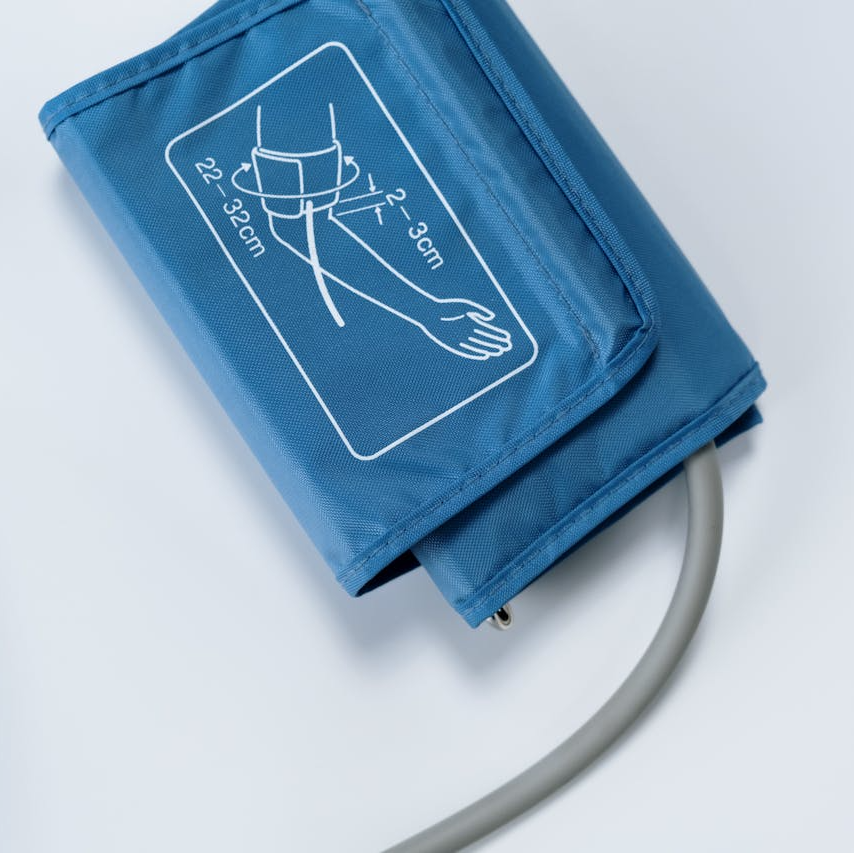Key Takeaways:
- Medicare costs in 2024 are rising across the board, including premiums, deductibles, and out-of-pocket limits, which will require adjustments to your healthcare budget.
- By planning ahead and reviewing coverage options during the annual enrollment period, you can help manage the financial impact of these increases.
How 2024 Medicare Cost Increases Impact Your Healthcare Budget
As we move through 2024, Medicare beneficiaries face higher costs in premiums, deductibles, and out-of-pocket expenses. These changes may seem small on paper but can significantly affect seniors’ healthcare budgets, especially for those on fixed incomes. This article will explore the key cost increases in Medicare for 2024 and offer tips on how to manage these expenses effectively.
Medicare Part A Costs in 2024
Medicare Part A primarily covers inpatient hospital stays, hospice care, skilled nursing facility services, and some home healthcare. Most people don’t pay a premium for Part A because they have worked long enough to qualify. However, those who don’t qualify for premium-free Part A will pay a higher monthly premium.
- Inpatient Hospital Deductible: The deductible for inpatient hospital stays increased from $1,600 in 2023 to $1,632 in 2024. This deductible applies per benefit period, meaning you could pay it more than once in a year depending on your healthcare needs.
- Coinsurance for Extended Stays: For hospital stays beyond 60 days, daily coinsurance has risen to $408 per day in 2024, compared to $400 in 2023. If you are hospitalized for more than 90 days, lifetime reserve days come into play, where you’ll pay $816 per day (up from $800).
If you or a loved one requires long-term hospitalization or frequent inpatient care, these costs can add up quickly.
Medicare Part B Costs in 2024
Medicare Part B covers outpatient care, doctor’s visits, and preventive services. In 2024, Part B premiums and deductibles have increased, affecting most Medicare enrollees.
- Standard Monthly Premium: The Part B premium for 2024 has increased to $174.70, up from $164.90 in 2023. High-income earners will see even larger premiums, with individuals making more than $103,000 (or $206,000 for couples) paying between $244.60 and $594.00 per month depending on their income level.
- Annual Deductible: The Part B deductible has risen to $240 in 2024, up from $226 the previous year. Once you’ve met this deductible, you are responsible for 20% of the Medicare-approved cost for covered services.
The premium increase is small in absolute terms, but over the course of a year, these additional expenses can take a toll, especially for those on fixed incomes.
Medicare Part D Costs in 2024
Medicare Part D provides prescription drug coverage, and its cost is heavily influenced by the specific plan you choose and your medication needs. In 2024, beneficiaries will see modest adjustments in premiums and out-of-pocket thresholds.
- Average Monthly Premium: The average Part D premium is expected to be $55.50 in 2024, down slightly from $56.49 in 2023. However, depending on your plan and income, your premium could vary.
- Annual Deductible: The maximum deductible for Part D will increase to $545 in 2024. Once you meet this deductible, you will be responsible for a percentage of your drug costs until you reach the catastrophic coverage phase, where your out-of-pocket expenses will drop significantly.
Additionally, the catastrophic coverage threshold for Part D is changing in 2024. The out-of-pocket spending limit is now $8,000. After reaching this limit, enrollees will no longer have to pay coinsurance or copayments for their medications.
Medicare Advantage (Part C) Costs in 2024
Medicare Advantage plans are an alternative to Original Medicare, offering additional benefits like vision, dental, and hearing coverage. The costs associated with these plans can vary widely based on location and the type of plan chosen.
- Average Monthly Premium: The average Medicare Advantage premium in 2024 is $18.50, with many plans offering low premium options depending on the area. However, beneficiaries are still responsible for paying their Part B premium, which has increased.
- Out-of-Pocket Maximum: Medicare Advantage plans have an out-of-pocket maximum to cap your healthcare expenses. In 2024, the maximum out-of-pocket limit for in-network services is set at $8,850, up from $8,300 in 2023. Many plans offer lower caps, but this increase could still impact enrollees with significant healthcare needs.
Income-Related Adjustments in 2024
Higher-income beneficiaries will face additional charges in 2024. For both Part B and Part D, those with income levels above $103,000 (individual) or $206,000 (married couples) will pay an extra amount known as the Income-Related Monthly Adjustment Amount (IRMAA).
For Part B, the IRMAA will range from $244.60 to $594.00 per month, depending on income. For Part D, surcharges will range from $12.90 to $81.00 per month. These surcharges apply to only about 8% of Medicare beneficiaries, but they can significantly increase healthcare costs for higher-income seniors.
How to Manage Rising Medicare Costs in 2024
With all these increases, it’s crucial to take steps to mitigate the financial impact of rising Medicare costs in 2024:
-
Review Your Plan Annually: Medicare’s open enrollment period runs from October 15 to December 7 each year. During this time, you can review your coverage and switch plans if necessary. Comparing your current plan with other available options can help you find a more cost-effective solution.
-
Take Advantage of Preventive Services: Medicare covers many preventive services at no cost, such as annual wellness visits, screenings, and vaccinations. Utilizing these services can help catch health issues early and reduce the need for more expensive treatments down the road.
-
Explore Supplemental Insurance: If you are enrolled in Original Medicare, you might consider purchasing a Medigap policy. Medigap policies help cover costs like copayments, coinsurance, and deductibles that Medicare doesn’t fully pay for. While these policies come with their own premiums, they can help provide predictable out-of-pocket expenses and reduce the financial burden.
-
Prescription Drug Savings Programs: For those struggling with high drug costs, look into Medicare’s Extra Help program, which helps lower prescription drug expenses for eligible low-income beneficiaries. The eligibility threshold for Extra Help is expanding in 2024, so more people may qualify for assistance with their Part D costs.
Final Thoughts: Adjusting to 2024 Medicare Cost Increases
The Medicare cost increases in 2024 are part of a broader trend of rising healthcare expenses, but that doesn’t mean you’re without options. By understanding how these changes impact your premiums, deductibles, and out-of-pocket expenses, and by taking proactive steps to manage your healthcare budget, you can lessen the financial impact. Review your coverage, utilize available savings programs, and ensure you’re prepared for these changes as they unfold throughout the year.









